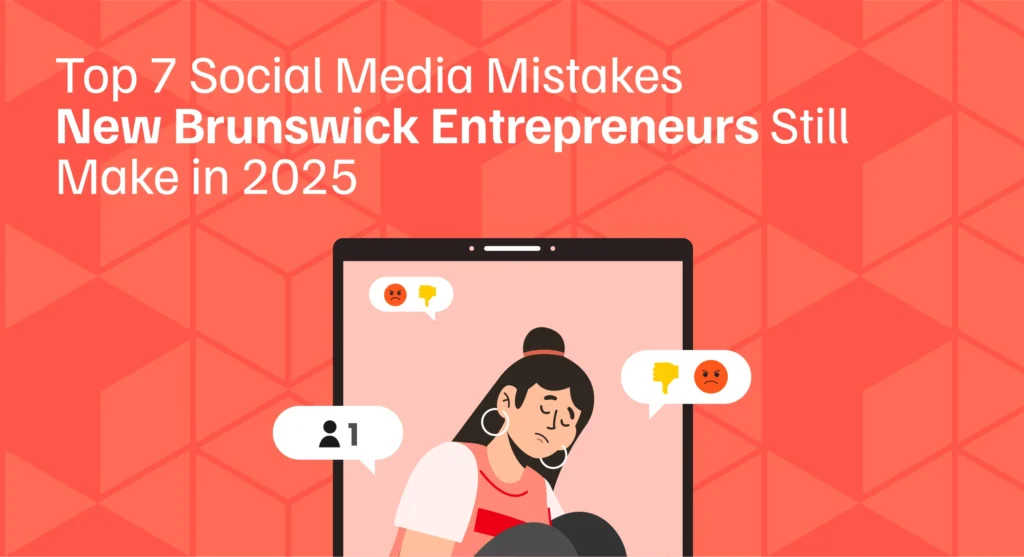Key Takeaways
- Marketing is essential for small business growth.
- A strong brand increases trust and visibility.
- Utilize digital marketing strategies like SEO, social media, and email marketing.
- Leverage storytelling to connect with your audience.
- Monitor analytics to improve your marketing efforts.
Introduction: Why Marketing and Branding Matter for SMEs
In today’s competitive landscape, having a great product or service is not enough. If people don’t know about your business, they won’t buy from you. Marketing is how you get noticed, and branding is how you get remembered. For small and medium-sized enterprises (SMEs), smart marketing and a strong brand identity can make the difference between growth and stagnation.
Ready to level up your small business marketing? Let’s dive in!
Understanding Branding for SMEs
Branding is more than just a logo; it’s the perception people have about your business. A strong brand sets you apart and builds customer trust.
Key Elements of a Strong Brand
- Brand Identity: Logo, colors, fonts, and design elements.
- Brand Voice: How you communicate (formal, friendly, witty, etc.).
- Brand Values: What your business stands for (sustainability, affordability, innovation, etc.).
- Customer Experience: Every interaction a customer has with your business shapes your brand.

How to Market Your Small Business Effectively
- Leverage Digital Marketing Strategies
- SEO (Search Engine Optimization): Optimize your website and content to rank higher on Google.
- Social Media Marketing: Build engagement on platforms like Instagram, LinkedIn, and Facebook.
- Email Marketing: Send targeted messages to nurture leads and convert them into customers.
- Paid Ads: Use Google Ads or social media ads to reach more people quickly.
2. Use Content Marketing to Build Authority
Creating valuable content helps position your business as an industry leader. Some content ideas include:
- Blog posts answering common customer questions.
- Case studies showcasing success stories.
- Videos explaining your services or sharing testimonials.
3. Engage with Your Audience
People buy from businesses they trust. Engage with potential customers by:
- Replying to comments and messages on social media.
- Hosting live Q&A sessions.
- Encouraging user-generated content (reviews, photos, testimonials).
Tracking and Improving Your Marketing Efforts
1. Use Analytics to Measure Performance
Track key metrics like:
- Website traffic (Google Analytics)
- Social media engagement (likes, shares, comments)
- Conversion rates (leads turning into customers)
2. Adapt and Optimize
Based on your analytics, tweak your marketing strategies:
- If one type of post gets more engagement, create more of it.
- If your email open rates are low, refine your subject lines.
- If certain ads perform poorly, adjust targeting and messaging.
Take Action and Build Your Brand Today
Marketing isn’t a one-time effort; it’s a continuous process. Focus on building a strong brand, engaging with your audience, and optimizing your strategy based on data.
Need expert marketing solutions? Visit sme.ditrop.ca or email support@ditrop.ca













